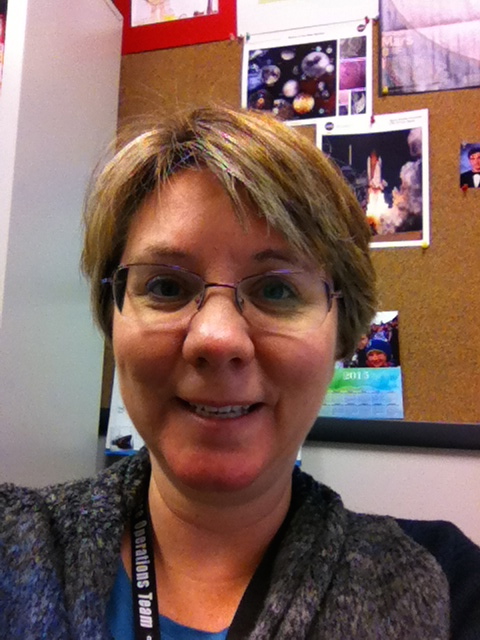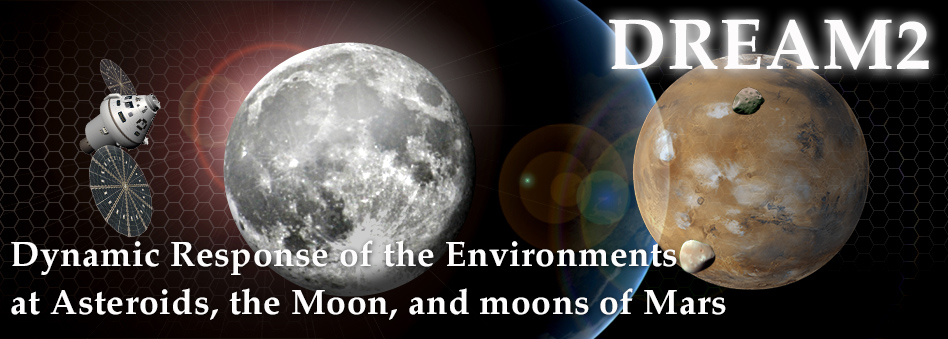Dynamic Response of the Environments at Asteroids, the Moon, and moons of Mars
 |
Dana Hurley
1. What is your role on the DREAM2 team?
I have an exosphere model that is used in the exospheres task. I also bring insight from my participation on the LRO and LADEE missions, especially regarding exospheres and volatiles on the Moon.
2. What about DREAM2 do you find most interesting? Most challenging?
The most interesting part of DREAM2 is working with the team. The information exchanged really sparks new ideas and moves the state of knowledge forward. The most challenging thing is finding the time to pursue the interesting ideas.
3. Were you a part of the original DREAM team, funded through the NASA Lunar Science Institute? If so, what was your favorite science result?
I was an original DREAM team member. The first LEW, where we examined the effects of a CME hitting the Moon, is the highlight of DREAM to me.
4. What other NASA programs or missions have you participated in?
I am also on the APL SSERVI team (and its prior incarnation as an NLSI team). I've participated in the Lunar Reconnaissance Orbiter (LRO), Lunar Atmosphere and Dust Environment Explorer (LADEE), and Mars Global Surveyor (MGS) missions.
5. What kind/level of education do you have?
I have a Ph.D. from Rice University in Space Physics.
6. What advice do you have for students who want to work for NASA or on NASA-related research?
Study all of the math, science, and technology that you can. And question everything. If you are a woman or a minority, don't let the extremely ridiculous stereotypes get you down.
7. What are your favorite things to do outside of work?
I love board games, music, skiing, and spending time with my family. Go Ravens!


